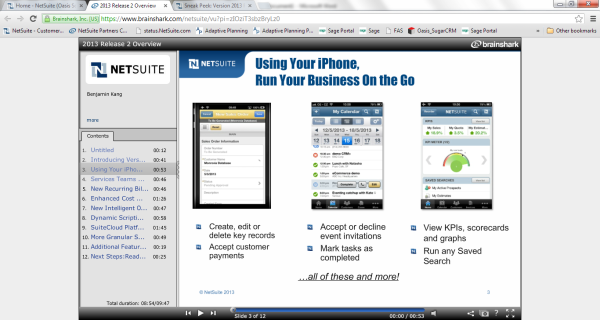NetSuite SuiteBilling: Automate Recurring Revenue
4 Challenges Solved when You Automate Recurring Revenue with NetSuite SuiteBilling Recurring revenue business models include many advantages such as...

Many companies attempting to achieve accurate inventory valuation face two primary challenges: determining the total cost of inventory, and how much inventory is on hand. Let's take a look at what you can do to automate your inventory management to help you accurately value your inventory. Working with a NetSuite ERP consultant team like Oasis Solutions can help with this process.
The purpose of inventory valuation is to get an accurate snapshot of your company’s gross profitability and financial position. Gross profit is determined by subtracting the cost of goods sold (COGS) from net sales (total sales — returns and discounts and any other non-sales-related income). However, indirect expenses such as marketing and distribution should be excluded. The formula for calculating COGS is:
COGS = Beginning inventory + Purchases – Ending inventory
Therefore, it's crucial to be able to accurately value your inventory because, if done incorrectly, it can directly impact your gross profit and income statement. Banks and other investors use these to indicate the overall financial health of the company.
Two common challenges exist when valuing inventory: The company must determine the total cost of its inventory. This means it determines how much inventory it has and this can easily get complicated.
If the basic equation for the value of your remaining inventory at the end of an accounting period flows directly from the equation for COGS:
COGS = Beginning inventory + Purchases – Ending inventory
then it follows that:
Ending Inventory = Beginning inventory + Purchases – COGS
Determining the amount of inventory you have can also be more difficult than it may seem. For instance, your company probably has goods in transit, so you need to decide whether to include those items in inventory. As well, your company may need to conduct physical inventory counts.
Inventory exists in two states: finished and unfinished. You need people to make the products from your parts. In addition, you undoubtedly have a variety of overhead costs related to running the business overall.
So how do you value that investment? Inventory valuation accounts for all of these costs automatically:
Attempting to manage and monitor inventory finances with spreadsheets can become extremely cumbersome, time-consuming and error-prone. Your company may buy hundreds or thousands of different items for resale or components to build your products. If so, you must assign costs to each product to accurately calculate profit and tax liability.
NetSuite supports the most popular inventory valuation methods to automate the calculation of inventory costs. Your business leaders get clear, accurate and up-to-date financial data at any time while the business reduces the burden of creating financial statements. ERP software, like NetSuite, automates and helps you manage inventory valuation to help increase accuracy. The additional bonus is now your staff can focus on more strategic tasks.
The specialists at OASIS can help you get up and running quickly with robust software, professional services, and expert hands-on training. Contact the experts at Oasis Solutions today to get the expert guidance you need for a successful implementation.

4 Challenges Solved when You Automate Recurring Revenue with NetSuite SuiteBilling Recurring revenue business models include many advantages such as...

A Successful NetSuite ERP Implementation Requires Configuring the Software for Your Business Too often, companies get to the end of their NetSuite...

Written By Netsuite Consulting Firm: Oasis Solutions Group in Louisville, KY As a Netsuite consultant and ERP software consulting, programming,...